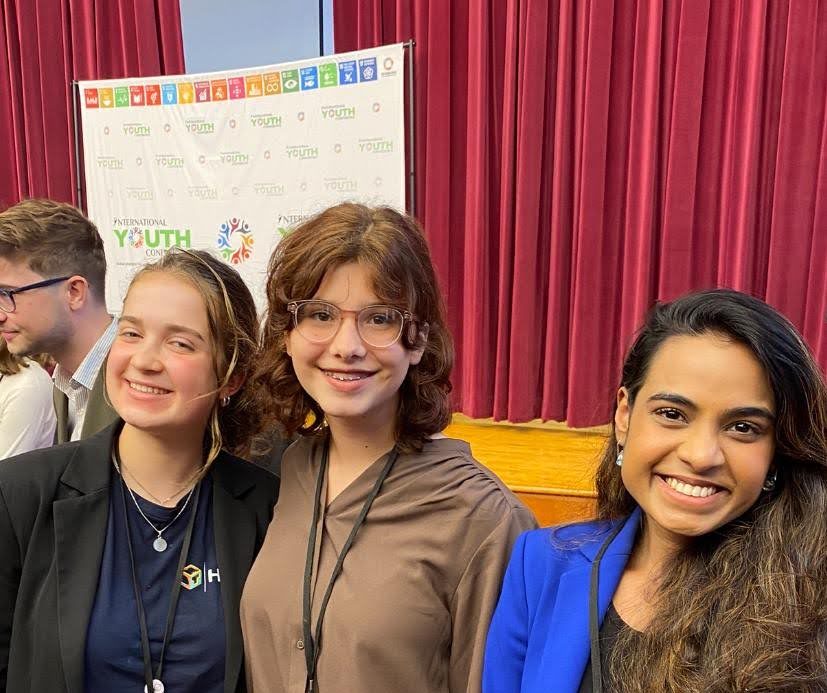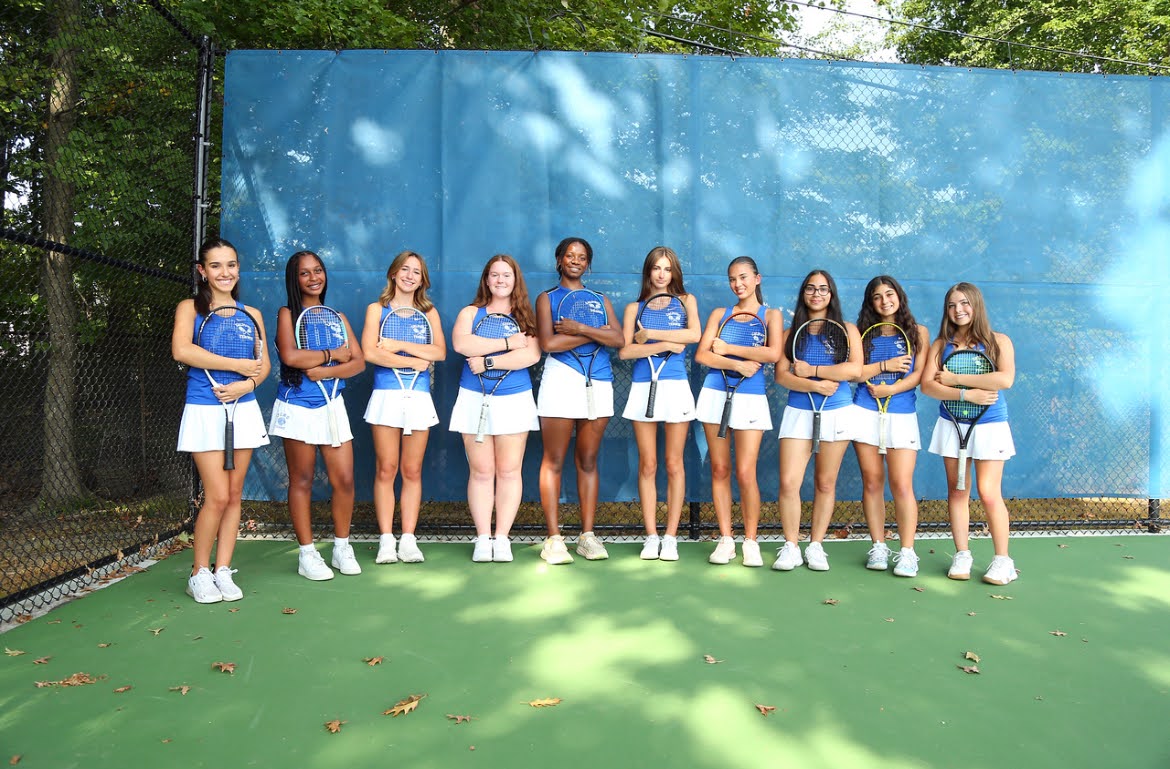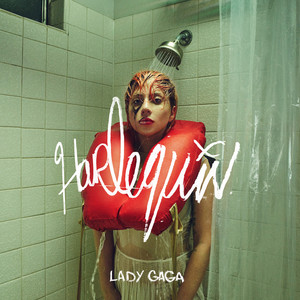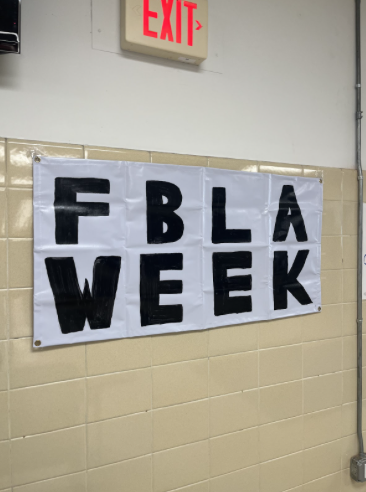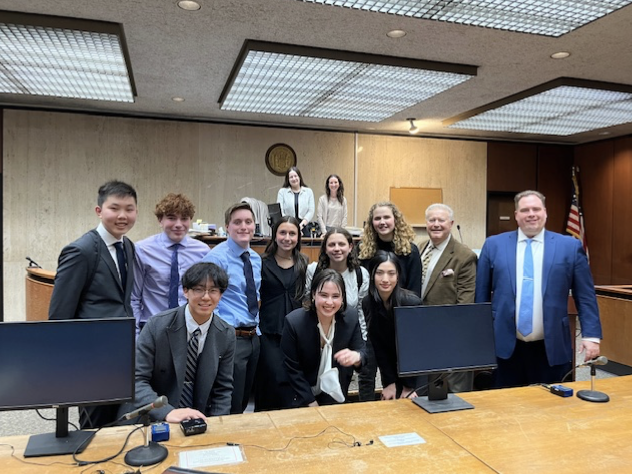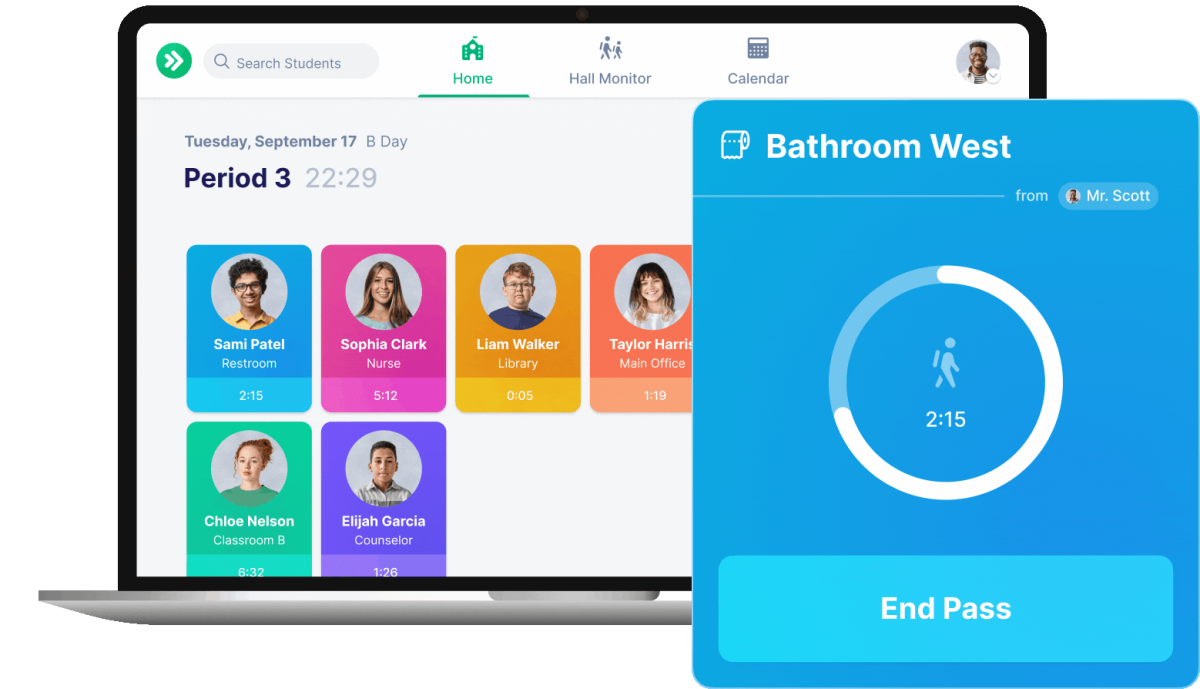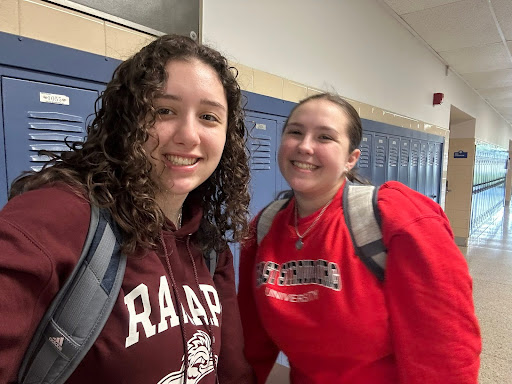
In a world that is becoming increasingly digital, libraries have grown to be viewed as archaic institutions whose services can be replicated with the press of a button.
However, while it may be true that the same books found in libraries can be accessed from our devices, no touch screen can beat the feeling of holding and reading a physical book—at least in my opinion, and 66% of young adult readers agree. Yet, being able to have access to a library is about more than just experiencing sensory pleasure. Even in the digital age, libraries are still a community’s greatest equalizer.
What most of us don’t think about when discussing the pros and cons of reading on a screen is that simply having this debate requires a certain degree of privilege. According to Jonathan Stolper, senior vice president of Nielsen Book Americas, Americans have begun purchasing less e-books in the past few years because of how expensive individual titles are. In fact, after the “Big Five” publishers (Hachette, HarperCollins, MacMillan, Penguin Random House, and Simon & Schuster) gained the ability to set their own prices in 2015, the average price of a digital book has increased by $3 to $8. This leaves consumers with a few choices: invest in a Nook or Kindle and then buy individual books that vary in price or go to a bookstore and do the same. Another option is to head to the local library, which would be the most economically sound.
Despite the Caldwell library being closed indefinitely due to damage from flooding, residents can still access books and other materials through the library’s digital collection. Yet, I still think that we—children especially—are missing out on a valuable experience for the time being.
Since my parents didn’t let me watch television when I was in elementary school (or let me have a phone), most of my leisure time was spent walking along the aisles of shelves in the library, stopping to thumb at books that caught my eye and reading those that captured my interest. It is through this process that I learned how to love to read, and this habit has stuck with me ever since.
Learning to love to read is an essential step in every child’s education, and it is one that is strongly encouraged by Carol Anne St George, literacy expert at the University of Rochester. “It helps grow their vocabulary and their understanding about the world,” she says. “The closeness of snuggling up with a favorite book leads to an increase in self-confidence and imagination, and helps children gain a wealth of knowledge from the books you share. And it only takes 15 minutes a day of reading together to nurture this growth.”
Clearly, reading offers numerous benefits, but getting children to read when there might be other things they’d rather be doing can present itself as a challenge—especially if books can only be accessed digitally. Without a library and subsequently a librarian, kids are not able to receive help in finding materials. And while searching for recommendations for books online is easy enough, the benefit of a local library is that a librarian can use personal preferences—specific likes and dislikes from a reader’s other selections—to make individualized recommendations. As a result, a child will have consistent, positive experiences and most likely develop good reading habits. Although being a strong English student isn’t considered as impressive as being a math or science whiz, the humanities—and particularly books—will never lose their value because literature isn’t just a vehicle for stories. Its worth extends far past its entertainment value: through analyzing a character’s motivations, we can begin to understand our own, and common literary themes such as injustice, coming of age, prejudice, revenge, and morality will always be relevant so long as we remain human.



